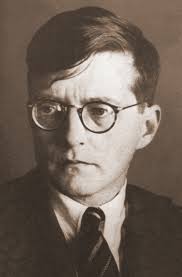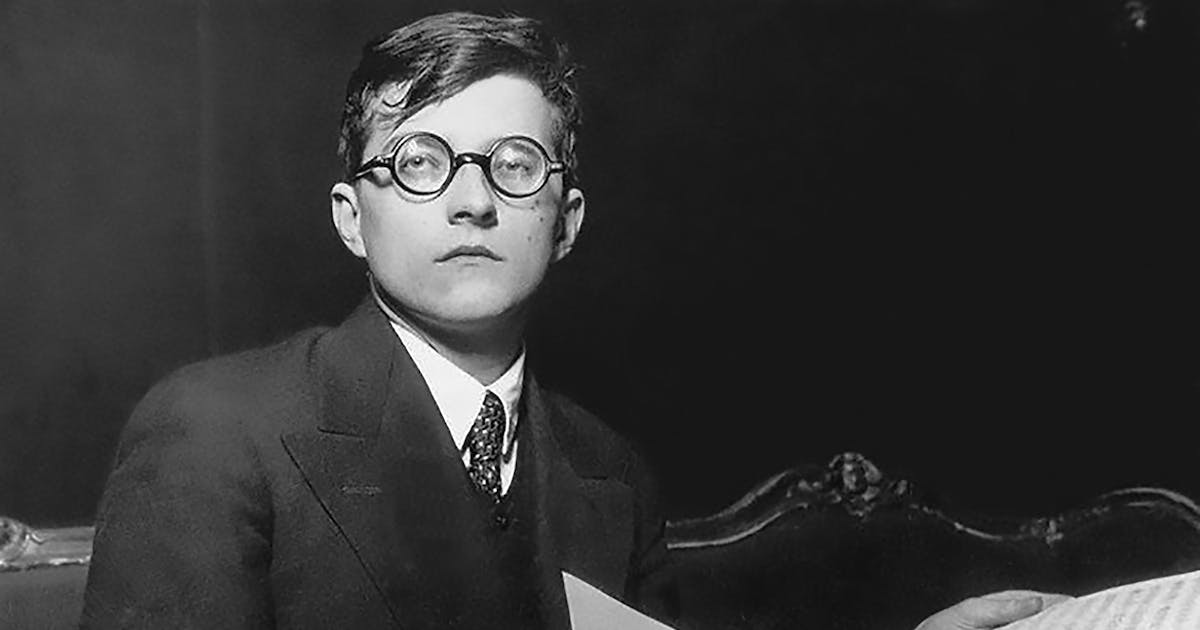The History of Symphony No. 10 in E Minor, Op. 93 – Dmitri Shostakovich
Dmitri Shostakovich’s Symphony No. 10 in E Minor, Op. 93, composed in 1953, stands as one of the composer’s most powerful and enigmatic works. Written in the shadow of Joseph Stalin’s death, the symphony marks a pivotal moment not only in Shostakovich’s career but also in Soviet cultural history.
A Long Silence
Before the Tenth Symphony, Shostakovich had not composed a symphony for over eight years. His Ninth Symphony (1945) had been met with criticism by Soviet authorities for being too light and ironic in tone—perceived as inappropriate in the wake of the Soviet victory in World War II. During the late 1940s, the composer came under intense scrutiny from the state, especially after the Zhdanov Decree of 1948, which accused several composers, including Shostakovich, of “formalism” and straying from the ideals of socialist realism.
This climate of repression and fear forced Shostakovich into a period of compositional silence in the realm of symphonic music. He continued to write in other genres, but avoided the symphony—arguably the most public and politically scrutinized musical form in the Soviet Union.
The Death of Stalin and Artistic Rebirth
Stalin’s death in March 1953 created a political thaw, allowing for slightly more freedom of artistic expression. Shostakovich seized the opportunity and completed his Tenth Symphony later that year. It was premiered by the Leningrad Philharmonic Orchestra under the baton of Yevgeny Mravinsky on December 17, 1953.
The premiere was a triumph. The audience, including many who had shared the composer’s years of fear and artistic repression, responded with enthusiasm. Critics hailed the work as a return to Shostakovich’s earlier symphonic brilliance.
Structure and Symbolism
Symphony No. 10 is written in four movements:
- Moderato – A dark, brooding, and expansive opening movement. Its epic scale and emotional depth suggest a reflection on the oppressive years of Stalinist terror.
- Allegro – A short, violent, and frenzied second movement. Some interpreters believe it represents the brutal character of Stalin himself.
- Allegretto – This movement famously includes the musical motif D–E♭–C–B, which spells out “D. Sch.” in German musical notation, a self-referential signature used by Shostakovich in several of his works. It is more personal in tone, possibly indicating the composer’s assertion of identity amidst political pressure.
- Andante – Allegro – A finale that begins pensively and evolves into a more energetic and affirmative conclusion. However, even this closing movement retains an air of ambiguity, typical of Shostakovich’s music.
Interpretations and Legacy
Shostakovich himself remained vague about the programmatic meaning of Symphony No. 10, and its exact interpretation remains a subject of debate. Some see it as a musical portrait of Stalin’s dictatorship, while others focus on the more personal elements, such as the inclusion of the “D. Sch.” motif and references to Elmira Nazirova, a student with whom he reportedly had a romantic interest.
Despite the lack of definitive statements from the composer, many consider the symphony to be a subtle act of artistic resistance, using abstract musical language to convey emotions and critiques that could not be expressed openly under the Soviet regime.
Conclusion
Dmitri Shostakovich’s Symphony No. 10 in E Minor is more than a symphonic masterpiece—it is a profound artistic document born of political turmoil and personal struggle. It marked the composer’s triumphant return to the symphonic genre and remains one of the most frequently performed and studied symphonies of the 20th century. Through its powerful structure, emotional range, and symbolic depth, it continues to captivate audiences and provoke discussion, testifying to Shostakovich’s enduring genius.


Comments are closed